Enduro Bearings Are a Hidden But Vital Key to Bicycle Performance
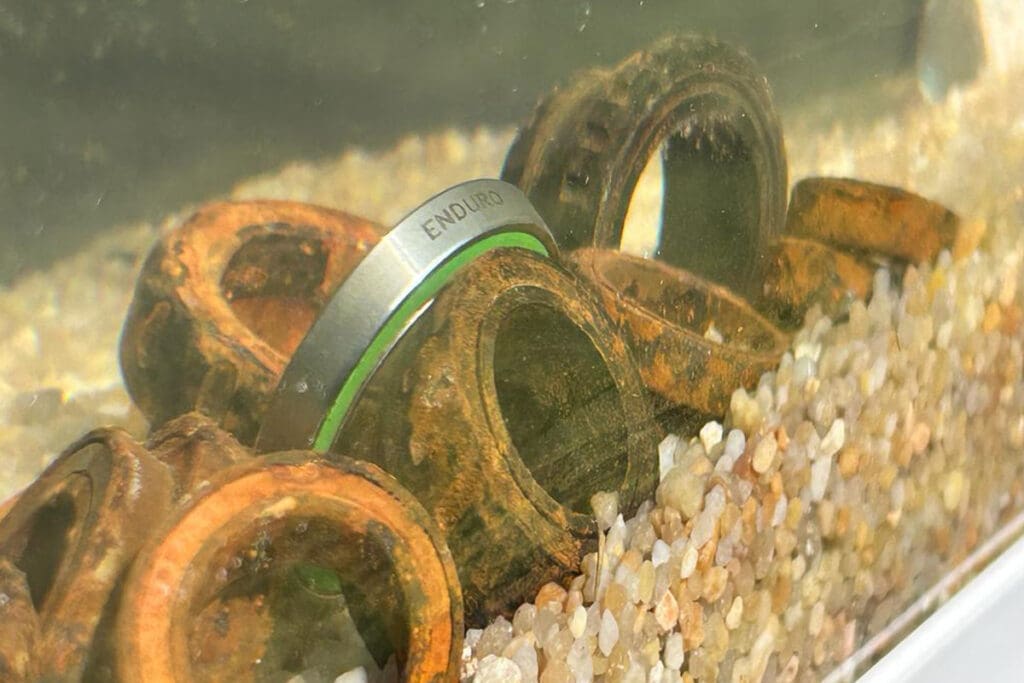
~ Sponsored Content ~
As every bike shop mechanic knows, optimally functioning bearings are vital to the performance of any bicycle.
Australian mechanics will now be able to access the full product range of global market leader Enduro Bearings through its new exclusive Australian distributor, Lusty Industries.
We recently spoke with Enduro Bearings co-founder Matt Harvey and executive director Rick Sutton who shared insights gained through multiple decades of deep bicycle industry immersion.
Matt is a true engineer by training, experience and nature – always steering the conversation away from sales and marketing topics to enthusiastically explain how Enduro Bearings have been able to improve this or that aspect of bicycle bearing design and material sourcing.
Matt already had years of bicycle industry experience before he co-founded Enduro Bearings which, like so many passion projects, was born out of a need to produce better products that did not yet exist on the market, particularly in the early days of full-suspension mountain bikes.
“A lot of the bearings that were being used in suspension bikes at the beginning were plain bearings,” he recalled.
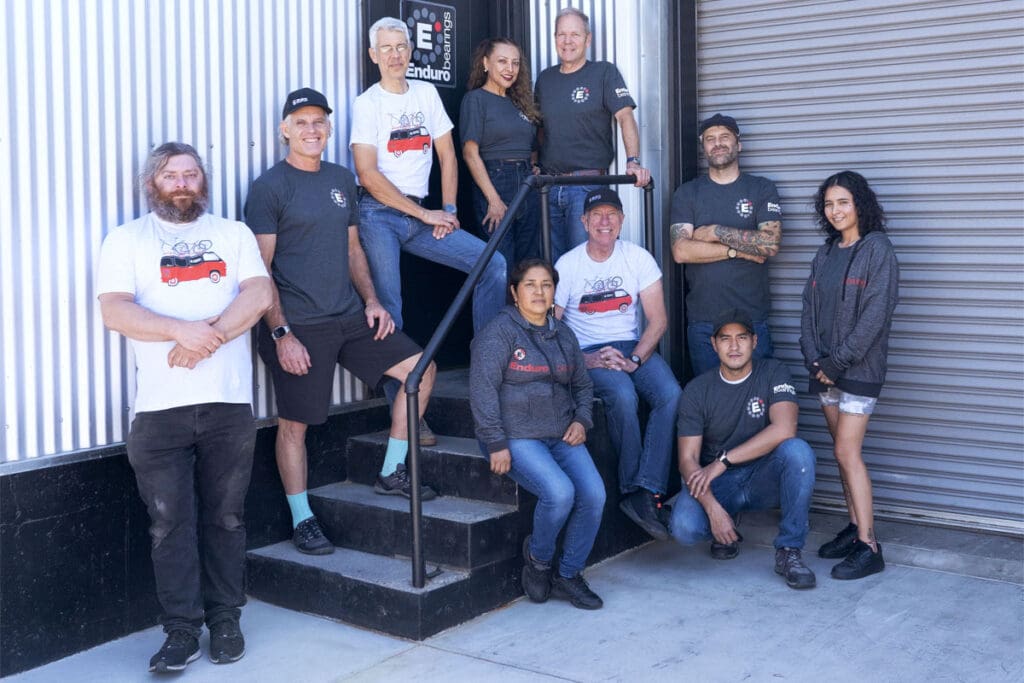
“But it was soon realised they don’t react fast enough over high frequency bumps.
“People were looking for faster-acting suspension and that leads to rolling element bearings.
“We started using bearings you could buy off the shelf for industrial purposes but they didn’t seem to work very well.
“At the same time, I was starting to work with my business partner Mike Alders and we purchased a huge amount of surplus bearings, going all the way back to World War II. I was exposed to a lot of military bearing designs I had never seen before.
“We thought we could miniaturise some of these designs and they would work great for MTB suspension bearings.
“When the market is humming, we ship over a million bearings a month to the bicycle trade.”
“Early on, I collaborated on suspension bearing improvements with Santa Cruz, Intense and Brent Foes. At the same time, I was working on hub bearings with White Industries, Cane Creek and Zipp.
“Back then, everybody was looking for better answers for their bearings, especially suspension bearings because they were so problematic.”
Matt’s laser focus on helping manufacturers with their technical problems and product quality grew Enduro Bearings from a start-up to a size far bigger than most Australian bike industry members would realise.
Rick gave an overview of the company’s current scale.
“When the market is humming, we ship over a million bearings a month to the bicycle trade, OEM (original equipment for manufacture) and aftermarket combined,” he reported.
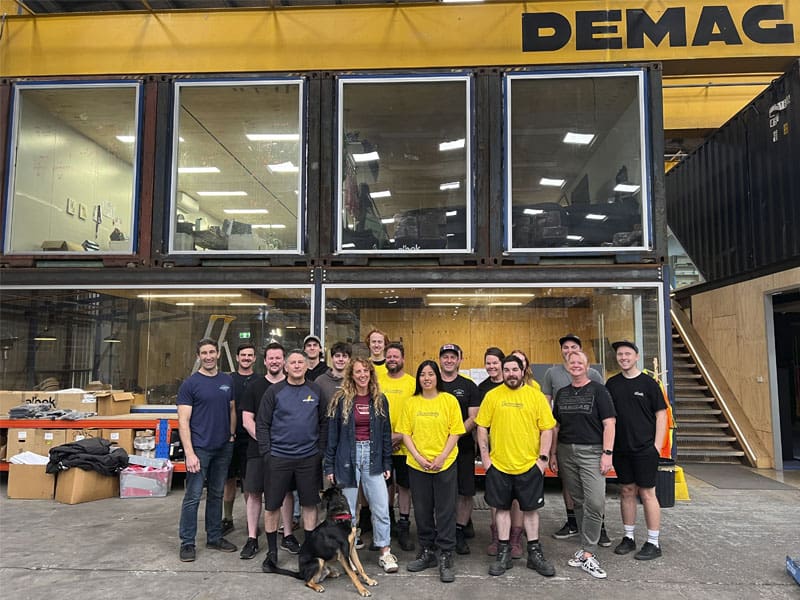
“We serve well over 300 OEM manufacturers, as well as dozens of aftermarket distributors around the world. We have facilities in Singapore, California and then we have a facility that we co-own in China, where we can very tightly control manufacturing specifications and materials, just as if that same facility was at our headquarters in Oakland, California.
“We have over 1,100 bearing and component SKUs (stock keeping units). Enduro can answer 97% of the market with a bearing specifically designed to serve that need.”
Matt was clear from the beginning that Enduro’s design philosophy would not be simplified to make something cheaper. They have ‘good, better, best’ product offerings, with each level differentiated primarily by the material specifications, such as the grade of chromium steel or stainless steel used.
“We’re able to buy enough to be choosy and we only invest in the highest-grade balls and bearing race materials.”
Matt then described how balls bearings are manufactured. Unfortunately, space does not permit that enlightening description to be included here, but he summarised by saying: “Ball factories usually only make the balls. The people that make the races buy the balls. There are many more bearing race manufacturing factories and very few good ball factories. That’s why we buy our balls from Toshiba and Panasonic in Japan, because they’re the best. You get a whole lot more consistency.
“Bearing balls are so precisely now! We used to think Campagnolo balls were great at grade 25. That means 25 millionths of an inch out of round. But now standard balls in bicycle sizes are grade 10.”
The lower the number, the better.
“But they won’t let you in the door unless you buy a lot. Because of our industrial business, where we have 18,000 part numbers, Enduro buys a lot more steel, (sold by weight), We’re able to buy enough to be choosy and we only invest in the highest-grade balls and bearing race materials, which we machine and assemble in our dedicated bearing facilities. We’re lucky in that way and different from some other bicycle bearing makers.
“Forging is the best way to make races, which is how we do it. You have to get to a million in quantity before forging is viable.”
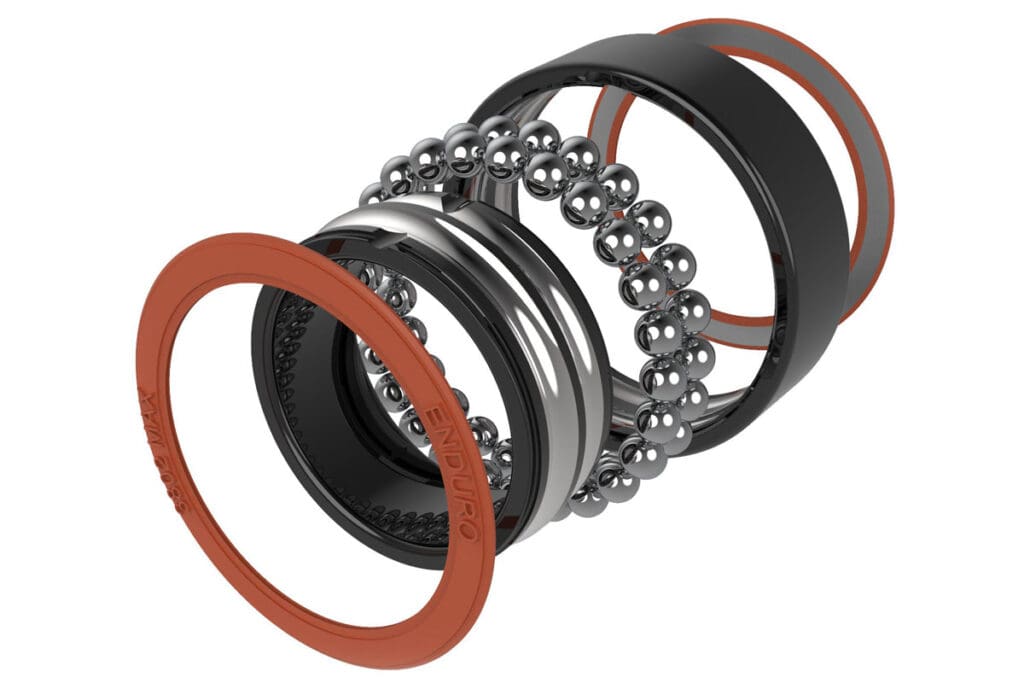
Enduro has been a pioneer of using larger diameter balls for cycling applications. Most ball bearings outside the bike industry are used for high-speed electrical motor use. In these cases, bearings with larger rolling elements, which have more contact area, result in more heat generation at high revolution speeds and heat is the enemy of longevity.
However, the bicycle industry requires low-speed applications where heat is not a problem and larger diameter balls are preferable.
Matt continued: “In a rear hub, you have massive axial loads. Somebody going up a hill and twisting a freehub against hub shell. And you have very light axles that are flexing, because we all want light weight in bicycles. So the challenges are different in a bicycle bearing.
“Some bicycle bearing suppliers often buy what’s available for industrial use. They’re really good bearings, just not designed for bicycle applications.”
When asked what percentage of a bike’s value should be spent on bearings, Rick responded: “Many bikes will spec inexpensive bearings because they’re hidden and spin okay on day one. They’ll invest more on tyres and saddles because they’re eye candy and alluring with respected brand names on the side.
“Inexpensive, prone-to-failure bearing spec represents only 1% to 3% of the total bike cost. Quality bearing spec raises that to 4% to 10%. For example, a $15,000 retail bike, fully spec’d with our best-in-class, lifetime-guaranteed XD15 bearings is going to have over $1,000 of bearings in it.”
Matt added: “Why do bicycle manufacturers come to us when we’re more expensive? When they start having warranty problems, they come to us. We’ve solved a lot of warranty problems for bike, wheel and pedal manufacturers.”

Bottom Brackets Punish Bearings
For bicycle workshops, the most common aftermarket replacement or upgrade is bottom bracket bearings.
“For sure, the bottom bracket is the most punished. It’s down in the dirt – it’s low,” Matt explained.
“They wear out, they creak. That’s your best value area.
“We have two levels of bottom brackets, 440c stainless steel and XD15 which doesn’t rust. We recommend full stainless steel for bottom brackets.
“Our bottom bracket bearings are angular contact, which means all the balls are engaged all the time. That really helps with longevity compared to a radial BB bearing where only 40% to 50% of the balls carry the load.
“Our top level for bottom bracket bearings is XD15, which is the ultimate and comes with a lifetime warranty.
“Frankly, it’s the best aftermarket bearing upgrade that you can get.”
“We also have a new patented product, Maxhit, which has 5mm 440C stainless steel balls and 440C stainless steel races, but we’ve eliminated the aluminium cup. It’s a threaded bearing, with the outer bearing race threading into BSA and T47 bottom bracket shells. Maxhit, with its unique design, also has a lifetime warranty.
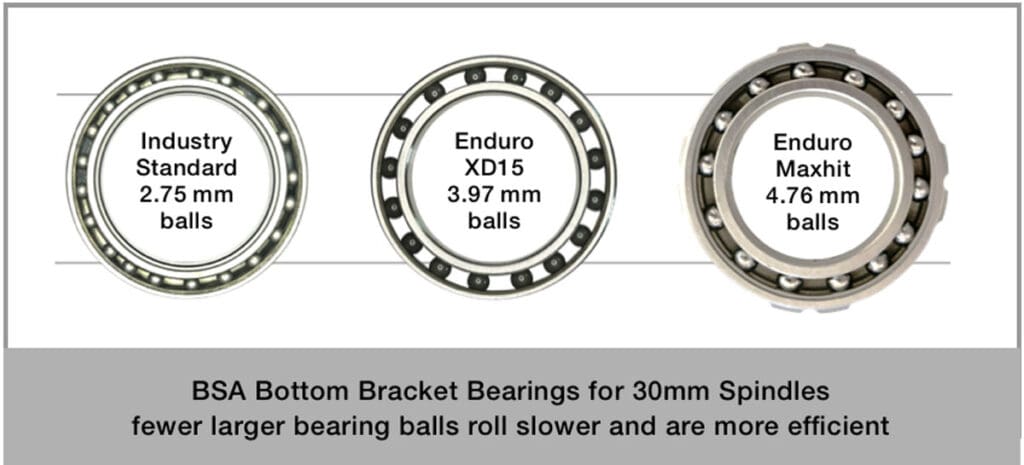
“Over 50% of our work and problem solving is in bottom brackets. It’s something people feel, when you put in the right bottom bracket. It has an immediate return in saving watts and longevity as well.”
Matt is passionate about XD15 bearings, which combine ceramic balls with a unique bearing race.
“Frankly, it’s the best aftermarket bearing upgrade that you can get,” he enthused.
“Until recently, we haven’t spent a lot of time getting that message out, even though we’ve had XD15 bearings in our line for over a decade.
“Ceramic balls have a hard time playing well with 52100 chromium steel, which is what 99% of (other manufacturers’) ceramic-hybrid bearings are – ceramic balls plus chromium steel races.
“XD15 is a proprietary super-stainless steel and a totally different animal that was developed by Airbus for the bearings in their aircraft wings and some other uses. Only two foundries produce it. Both are in Europe.
“It was a big job for us to get those foundries to sell to us, because we don’t purchase aircraft and aerospace tonnage. Bicycles bearing applications are small by comparison.
“XD15 is a nitrogen-infused stainless steel. Number one, it doesn’t rust. Ninty-five percent of bearing failure is due to corrosion … so you can tick that off the worry list.
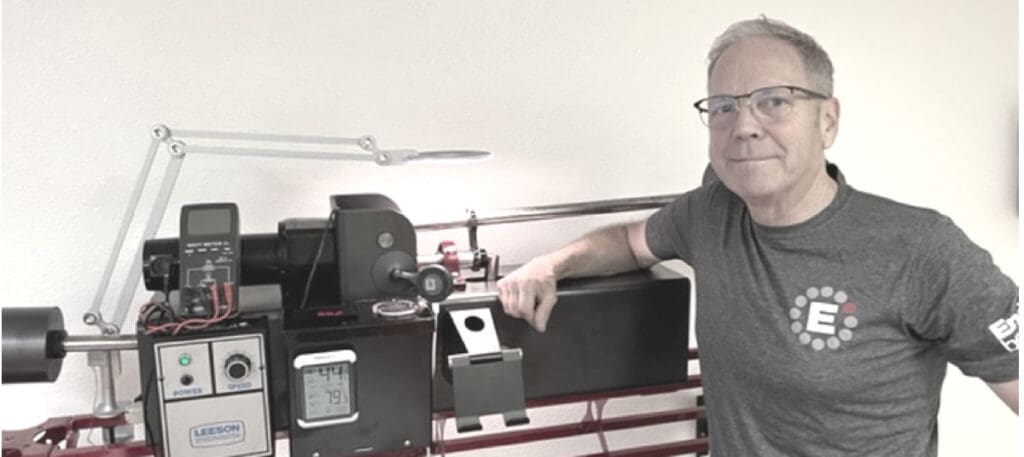
“Second, it’s a super-tough stainless steel, so the ceramic ball doesn’t gall or destroy the bearing race.
Conversely, ceramic balls paired with chromium steel races deteriorate quickly and require frequent service. XD15 actually burnishes the race, so it gets smoother over time and they don’t get loose – they don’t wear out. The trade-off is they’re expensive.”
In fact, in independent testing, Enduro XD15 bearings have been ridden in all conditions with their seals completely removed and even after months of heavy use they’re still functioning perfectly.
“As mechanics, store owners and riders become better educated about bearings, they’ll say, ‘Yeah! I should buy Enduro bearings, they’re just better’.
“At every location on the bike, we can optimise bearing design. Suspension bearings are different to hub bearings, even though in some cases the same size bearing could fit in either location.”
Rick concluded by summarising why Enduro Bearings has been so successful on a global scale and what the new exclusive distribution arrangements will mean for Australian bicycle shops.
“Warranty work, even when the manufacturer replaces the part, is time consuming and expensive for bike shops. Less than two tenths of one percent of our product is subject to warranty claims. Bike shops will be thrilled with the dependability of our products. For example, our German distributor, which is one of our biggest markets, had just eight bearings returned for warranty over an entire year!
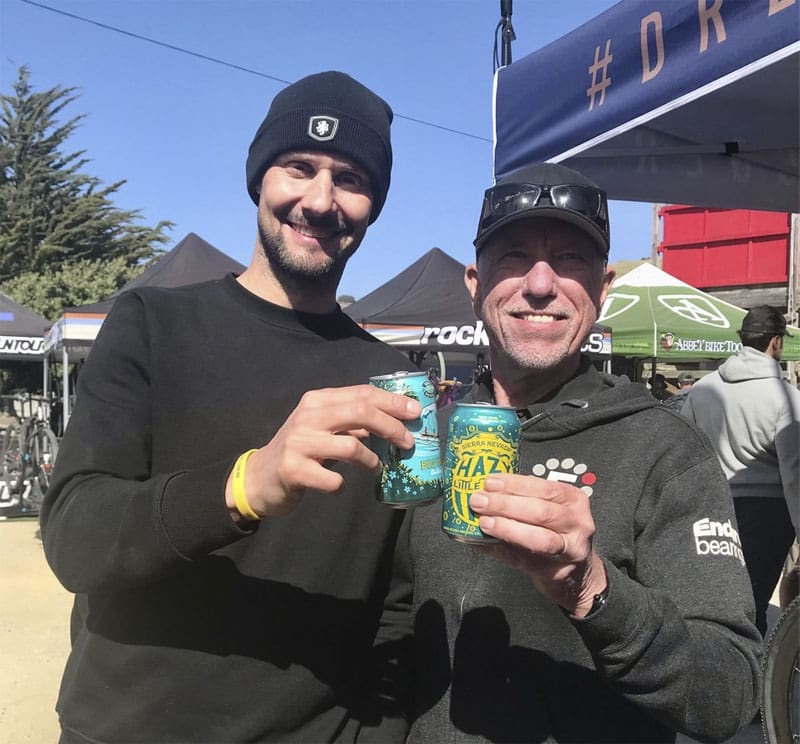
“Thanks to this dependability, our premium bearings and components – XD15, Maxhit and Directline – come with a comprehensive lifetime warranty that isn’t so narrow that if you sneeze on it, you void the warranty.
“We’re well known throughout the world as a workshop replacement bearing. Lusty Industries will bring in all of our component lines. Australian dealers will now have our full breadth of product available to them.
“If someone lobs a technical question to us, they’ll get an answer really quickly and sometimes even a phone call, Enduro Bearings answers its calls.”
For more information about Enduro Bearings, contact Lusty Industries at www.lustyindustries.com, sales@lustyindustries.com or (02) 4962 3511.
